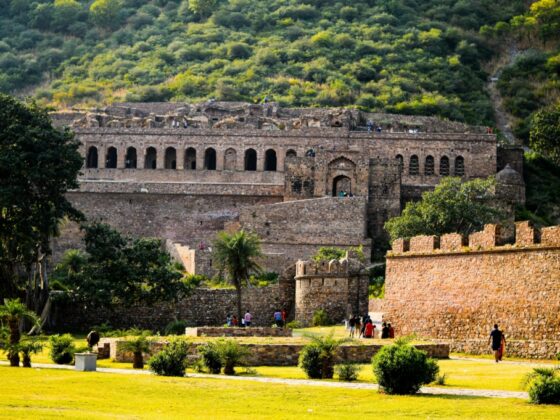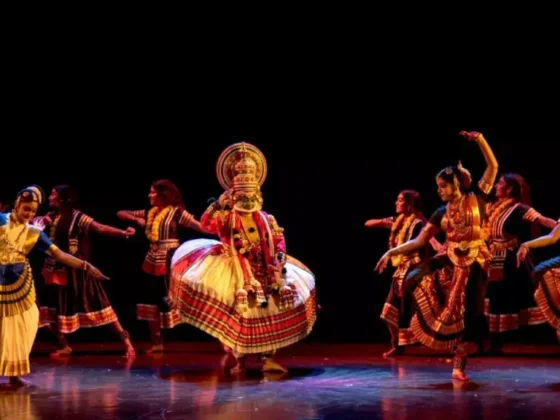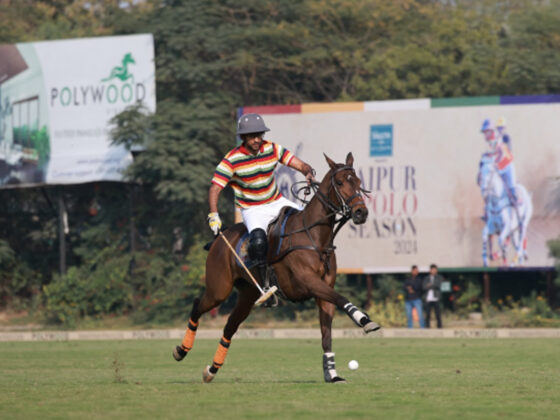Rajasthan, known for its rich cultural heritage, has a deep connection with music and royal traditions. The rulers of Rajputana greatly patronized musicians and artists, leading to the evolution of a unique musical style that combined folk and classical elements. In the grand palaces of Rajasthan, traditional musical instruments played a vital role in royal ceremonies, entertainment, and religious gatherings. The musical instruments of Rajasthan’s royal courts played a vital role in preserving the rich heritage of Rajputana, with instruments like the Sarangi, Shehnai, and Nagara adding grandeur to royal ceremonies and celebrations.

The Significance of Music in Rajputana Royalty
Music was an essential part of Rajasthan’s royal lifestyle, used during court gatherings, celebrations, and even battle preparations. Skilled musicians performed in royal courts, narrating tales of bravery, love, and devotion through soul-stirring melodies. The Rajput kings and queens actively promoted the arts, ensuring the survival of their musical traditions for generations.
Traditional Musical Instruments of Rajasthan’s Royal Courts
1. Sarangi: The Soul of Rajasthani Music
The Sarangi, a bowed string instrument, held a special place in royal performances. Its ability to mimic the human voice made it a favorite for classical and folk renditions. Courtiers and noble families enjoyed performances by master Sarangi players, often accompanied by soulful singing.
2. Pakhawaj: The Beat of Royal Gatherings
The Pakhawaj, a double-headed drum, was widely used in royal court music and temple ceremonies. It served as a crucial percussion instrument in Dhrupad music, an ancient Indian classical genre admired by Rajput rulers.
3. Ektara: The Instrument of Poetic Expression
The Ektara, a simple single-stringed instrument, was popular among bards and folk musicians in the royal courts. Minstrels used it to sing heroic ballads about Rajput warriors, often performing in public squares and palace halls.
4. Shehnai: A Symbol of Celebration
The Shehnai, a wind instrument associated with auspicious occasions, was played during royal weddings, processions, and temple rituals. The melodious sound of the Shehnai added grandeur to Rajasthan’s royal celebrations.
5. Morchang: The Rhythmic Warrior’s Tune
The Morchang, a small metallic instrument played using the mouth, was popular in royal courts for its distinctive twanging sound. Often used in battle preparation songs, it gave a rhythmic boost to soldiers before they marched to war.
6. Dhol and Nagara: The War Drums of Rajasthan
The Dhol and Nagara were large percussion instruments used to announce royal arrivals and signal war marches. Their deep, resonating beats echoed through fort walls, symbolizing power and unity.
7. Algoza: The Twin Flutes of the Desert
The Algoza, a pair of wooden flutes played together, created a mesmerizing effect in folk and royal music. It was commonly used to accompany traditional dance performances in Rajput courts.
The Legacy of Royal Rajasthani Music Today
Even today, the musical traditions of Rajasthan’s royal courts continue to thrive. Folk musicians and classical artists keep these instruments alive through performances at festivals, weddings, and cultural events. Rajasthan’s forts and palaces often host heritage concerts, where the echoes of these ancient instruments bring history to life.
Conclusion
The musical instruments of Rajasthan’s royal courts reflect a timeless legacy of melody, rhythm, and tradition. From the soulful strains of the Sarangi to the powerful beats of the Nagara, each instrument tells a story of Rajasthan’s regal past. As these traditions continue, they keep alive the spirit of Rajputana’s grand musical heritage.





